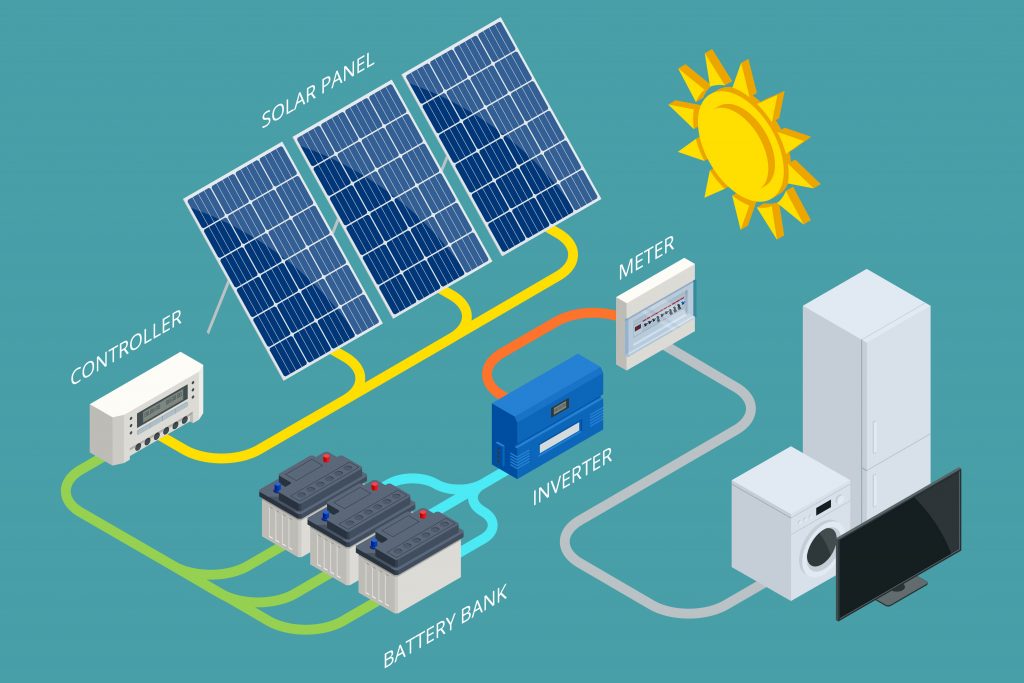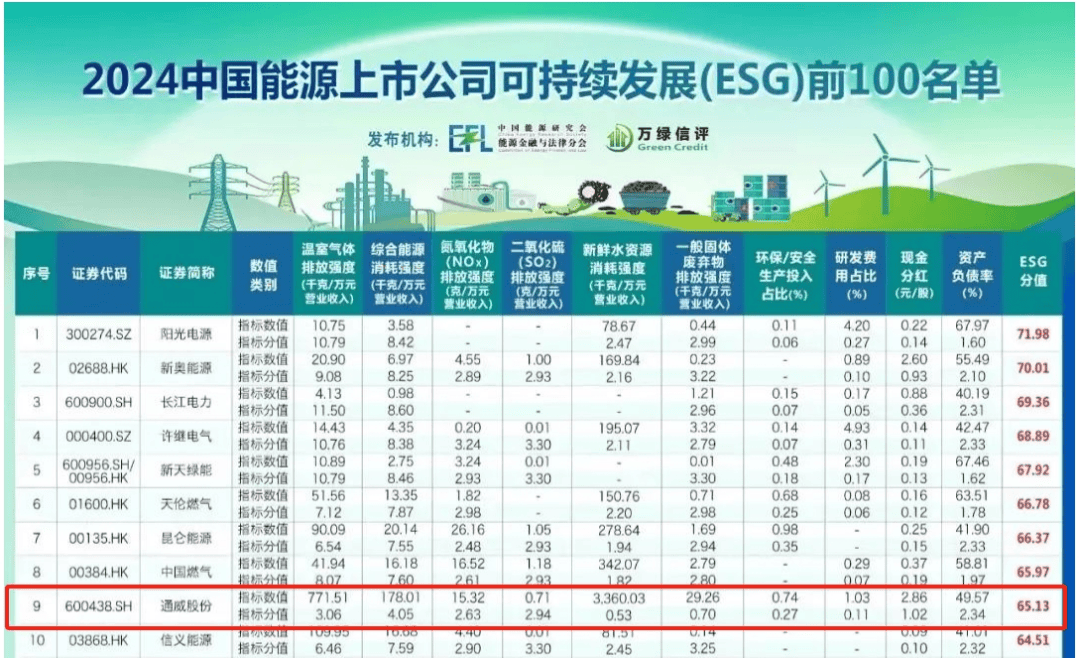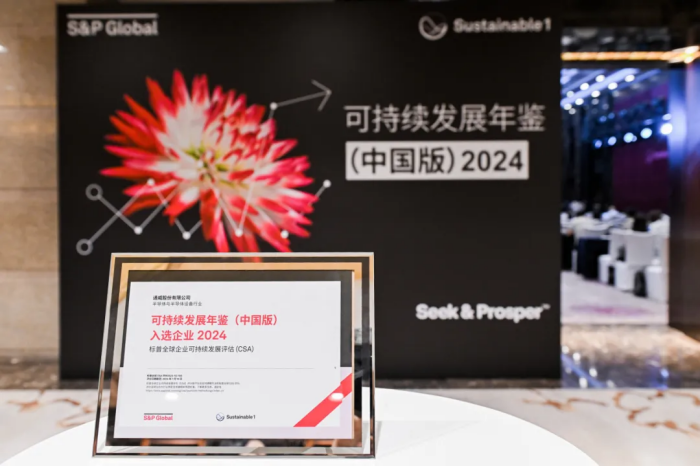Limits Of Solar Cell Efficiency
The Shockley-Queisser limit for single-junction solar cells (primarily based on silicon) is about 33.7%.
- During the recombination of electron-hole pairs, some photons are consumed by the solar cell and no electricity is generated (recombination radiation). The energy loss is released as heat.
- Solar spectrum utilization: Silicon solar cells are ineffective at many wavelengths, missing a large part of the solar spectrum.
Multi-junction cells stack layers of different band gaps on top of each other with even higher efficiencies. For example:
- Triple-junction cells have achieved 47.1% laboratory efficiency.
- Tandem cells In controlled environments, silicon perovskite tandem cells have achieved efficiencies of about 29.8%.
- Concentrated photovoltaic (CPV) systems have demonstrated efficiencies of over 44.5% under concentrated sunlight
- Perovskite innovations, high-efficiency perovskites have just exceeded 25% laboratory efficiency.
Actual vs. laboratory efficiency of solar panels:
- Commercial solar panels: Typical efficiencies are 15%-22%.
- Influencing factors: Installation angle, environmental conditions or maintenance can well determine performance.
Higher solar cell efficiency could have huge economic and environmental benefits:
- Reduced land use - more efficient panels produce more electricity per square meter, which means solar farms require less area.
- Cost savings: Improved efficiency reduces the cost per watt, which makes solar more competitive with traditional energy sources.
Advancements in Solar Materials
Silicon’s latest advances focus on improving its light absorption and conductivity:
- Researchers create silicon cells with 26.7% efficiency, breaking the typical commercial reality of 15-20%.
- Black silicon: Nanostructured surface reduces light reflection and increases absorption, enabling efficiency gains of up to 22.1% for practical applications.
- Remarkable efficiency records at MI Labs: Perovskite cell efficiencies have reached over 25%, and tandem perovskite/silicon devices have exceeded 29%.
Organic photovoltaics (OPV) efficiencies have increased to over 15%, now more amenable to commercialization. Because of their flexibility, OPVs are becoming part of more unusual devices, making them suitable for building facades and wearable technology.
Quantum DotsThe unique optical properties of quantum dots allow them to absorb and emit light efficiently; quantum dots are nanoscale semiconductor particles.
Quantum dots can be manufactured to absorb different parts of the solar spectrum, potentially increasing the overall efficiency of solar cells. Adding quantum dots to conventional solar cell designs has the potential to increase efficiency by 30% in a laboratory setting.
New products and technologiesFinding new materials and technologies could power a solar future, with innovations including transparent solar cells that could be used in windows or mobile phone displays, with efficiencies currently around 8-10%. Thermophotovoltaic cells actually convert heat into electricity, designed for industrial waste heat or solar thermal power generation.
Optimizing Solar Panel Efficiency
Technological advances have greatly contributed to the improvement of solar panel efficiency:
- Anti-reflective coatings: These coatings reduce light reflection per solar panel by increasing absorption, increasing efficiency by 3%.
- Surface texturing, where silicon solar cells with an efficiency standard of 15% have been shown to increase their light absorption, with efficiency potential closer to up to around 25%.
- Solar cells made of high-purity silicon can deliver efficiencies of up to 26.7%. Much better than the average commercial efficiency of 15%-22%. If the thickness and material composition of the active layer in thin-film solar cells are well optimized, this efficiency can reach 18-22%.
To maximize the efficiency of solar panels, it is important to innovate in design under different weather conditions.
Bifacial solar panels can increase energy yield by 30% compared to typical single-sided panels. Diodes prevent power loss due to shading, allowing bypass current to flow through the affected cell (partial shading losses typically increase overall efficiency by 5%-10%).
- Single-axis trackers: These trackers can increase energy yield by 15-25% depending on the development area.
- Dual-axis trackers - Increase yield by 35% based on daily adjustment of vertical and horizontal angles.
Smart inverters can increase energy conversion efficiency by about 5%.
Influence of Climate and Placement on Efficiency
Temperature is inversely proportional to the efficiency of solar panels. 13% to 16% of incident sunlight can produce electricity, while black silicon nanowires require 26% sunlight. For example, a solar panel used in a 90°F day may be 10% less efficient than one in a 77°F day. Passive cooling designs or active water cooling systems can reduce temperatures by 10-15°C, increasing efficiency by another 5%-8%.
Sunlight exposureFull sun exposure: Sunlight exposure is required for optimal efficiency.
Optimal alignment: In the northern hemisphere, panels pointing due south capture the most sunlight, and efficiency losses can be as high as 20% due to misalignment.
Shading effects: Just 10% shade on a panel can cut its output in half.
Geographical differencesLatitude effects. For example, a solar installation in Arizona will almost always produce 10-15% more energy per year than a solar installation installed in a New York home.
Annual sunshine hours: A solar panel in sunny California may run 15%-20% more efficiently than one installed further north where it is mostly cloudy.
Mounting techniques
Efficient solar panel installationTilt and orientation: Perfect tilt = location latitude. Anything else can mean a 5-15% efficiency loss.
Height above ground: Having panels slightly above the roof (or low mounts) allows air to circulate under the panels, lowering temperatures and increasing efficiency by 2-3%.
Environmental considerationsDust and dirt: Dust accumulates on solar panels, reducing the amount of sunlight they receive by up to 25%. Snow and ice can completely cover your panels, blocking the sun and causing output to go to zero.
Barriers to Efficient Solar Technology
Solar cell constraints limit efficiency:
- Silicon photovoltaic cells with only one junction have an efficiency of about 33.7%, a value corresponding to the Shockley-Queisser limit.
- To operate any type of solar cell at 100% efficiency, some energy will be lost to radiation or thermalization, as the laws of thermodynamics dictate.
Light must pass through relatively pure silicon (without impurities), and even the presence of very low levels of impurities can damage the electrons as they migrate to the positive electrode, reducing efficiency by about 5-10%.
The adoption of the best technologies is limited by economic factors:
- High-efficiency material costs: High-efficiency materials (such as gallium arsenide) are much more expensive than silicon, thus hindering their widespread use
- Capital-intensive innovation: Solar microgeneration systems are capital-intensive, often resulting in financial parameters that hinder research efforts on newer and potentially more cost-effective solar structures.
Environmental factors can also create significant obstacles:
- Tidal effects: Increased temperature means that solar cells do not generate as much voltage and their resistance increases. For example, above 25°C (77°F), the capacity of a solar cell decreases by one-eighth for every degree increase in temperature.
- Weather conditions: The quality of sunlight is inherently tainted by smoggier or foggier environments.
An important driver in choosing a solar panel is the average degradation of 0.5-1% per year. Most solar panels will produce 80-90% of their original efficiency after twenty years.
There are technical challenges to incorporating solar into the grid:
- Solar is not a reliable 24/7 source of energy, so it has some grid limitations, and intermittency also has systemic impacts on power supply.
- Scalability of solar because utilities are used to dealing with predictable or dispatchable energy, not variability in supply.



